We’ve talked quite a bit on this blog about the idea of buyer personas.
And with good reason: crafting a buyer persona is how you know who your audience is, and knowing your audience is crucial to inbound marketing.
A buyer persona is your version of your dream customer. You build them by conducting market research, and interviewing a group of existing customers to find out what makes them tick.
There’s a long list of questions you should ask in these interviews. If you’re not familiar with the buyer persona concept, make sure you brush up on these questions. A good marketing strategy requires at least two personas, which means you’ll need to do anywhere from six to 10 interviews.
Once you’ve collected the data from these interviews, look for patterns in the answers. These patterns will let you create your personas.
Fill out their basic demographic information: age, employment, family, etc. Write down their goals and challenges, and add some actual quotes from the interview to illustrate these hopes/fears. You can even give them a name: “Engineering Ed,” “Sales Sue.” (The trend in the inbound marketing world seems to be giving these personas alliterative names.)
Once you’ve created your personas, you’ll have an easier time coming up with topics you want to focus on when writing blog posts, white papers, and other pieces of content. Every persona is different, so content you create should speak to different types of people in your audience.
And the people in your audience are all at various stages of the buyer’s journey. The content you create should match each stage.
Stage 1: Awareness
Your audience at this stage isn’t interested in how your product or service can help them. They’ve found you because the thing you make or do relates to a problem they have, and they’re looking for ways to solve that problem.
The content you create at this point should be easy to digest and easy to share. For example, a landscaping company or a garden center could publish a blog called “10 Ways to Prepare Your Backyard for Winter.” It’s in line with what their business does, without trumpeting their skill at trimming trees or selling plants.
Stage 2: Consideration
At this point, your prospect knows who you are and what you do, but they aren’t quite ready to become your customer. They’re considering you and maybe a few other companies to help meet whatever need brought them to your corner of the internet. (Hence the term “consideration stage.”)
The content you create at this stage can be a little more in-depth. For example, you could craft a white paper that takes something you’ve blogged about and expands on it.
Stage 3: Decision
You’re in the home stretch. The prospect has reviewed the different companies auditioning for their attention, and they’re ready to decide on who gets their business. Now it’s time to really start talking up your company.
But this isn’t a matter of saying “We’re the best.” Anyone can say that. If you’re going to talk about your business, you need to say what makes you stand out. Better yet, let others say it for you. Publish a few case studies that talk about how you helped a specific customer, and try to include a testimonial.
We realize this sounds like a lot of work, especially when you’re already trying to run a business. That’s where IQnection can help. Our team of inbound marketing experts is skilled at identifying your ideal customers, and then creating content that speaks to them, no matter where they are on their journey.










